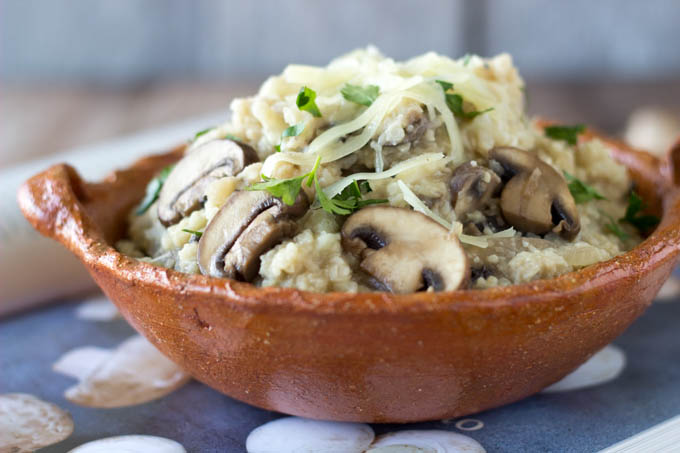Substituting veggies for carbs is a convenient way to get more fiber into your diet and lower your net carbohydrate intake without sacrificing taste. Using just a few common veggies, there are a variety of fairly simple ways to replace refined simple carbohydrates with the complex nutritious ones your body needs.
Cauliflower instead of rice
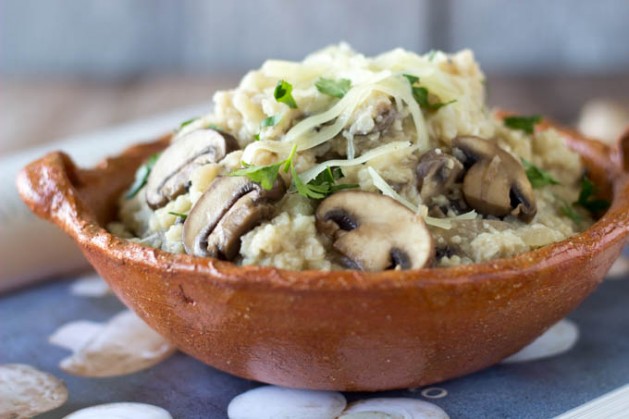
Raw cauliflower, pulsed for short time in a food processor to a rice-like consistency, can be substituted in dishes such as fried rice and risotto. In fact, since the cauliflower involves no pre-cooking and cooling, it is easier to use cauliflower than actual rice! This recipe for cauliflower fried “rice” is a good base, and as always, you can add whatever vegetables and/or protein sources you have on hand. Traditional risotto dishes require a specific kind of rice and a lot of attention, but substituting cauliflower makes for a much less intensive preparation process, like in this mushroom risotto. Keep in mind that without the starch, substance, and distinctive flavor of rice, you might need to bump up the oil or other seasonings in either application for better flavor. For extra convenience, some grocery stores, like Trader Joe’s, sell already riced cauliflower in the freezer section.
Cauliflower instead of flour or pasta

Cauliflower is a versatile vegetable that can also be substituted for flour in certain applications, as in pizza crust. There are many versions out there, but this cauliflower pizza crust recipe walks you through the process. It really is crucial to squeeze out as much liquid as possible from the cauliflower, so make sure to use an actual kitchen towel or, if you have one, a nut milk bag. Cut into small pieces, cauliflower can also be substituted for some of the pasta shapes in cheesy casseroles to reduce refined carbs with little effort without losing the essence of the dish.
Zucchini instead of pasta noodles or pizza crust
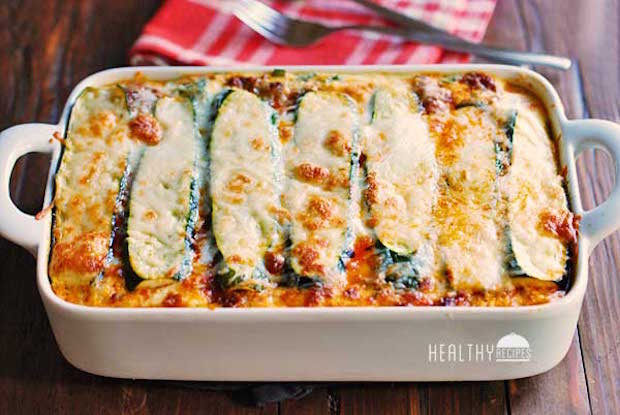
With a spiral slicer, you can easily shred zucchini into long noodles, often called “zoodles,” that can be substituted for any or all of the pasta needed for virtually any spaghetti dish. This zucchini spaghetti uses zucchini and lentils for a vegan, low-carb version of traditional spaghetti and meat sauce, while this recipe for creamy chicken zoodles uses a combination of zucchini and spaghetti. If you don’t have a spiral slicer on hand, zucchini can be thinly sliced lengthwise by hand and substituted for lasagna noodles, as in this zucchini lasagna, which cuts out the extra step of pre-boiling real noodles and the hefty dose of refined carbs in each serving. Zucchini cut into thick rounds can also be used as the base to make mini pizza bites for a low-carb appetizer.
Beans instead of flour in brownies and blondies
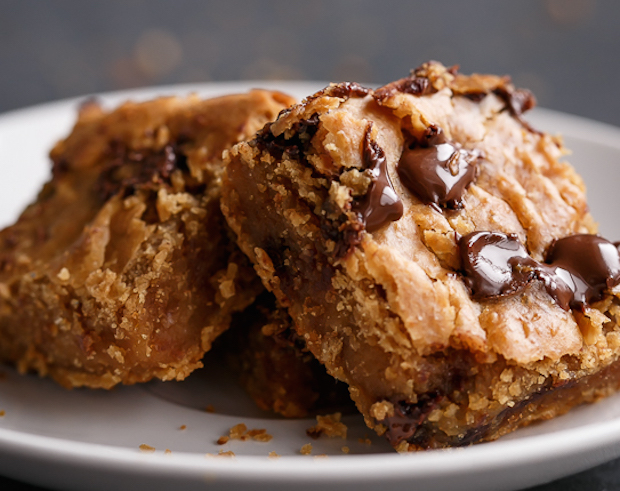
This one is kind of a cheat because the beans in question are of the legume variety and not actual vegetables like green beans or snap peas. But we couldn’t leave out dessert, could we? Most desserts, such as cookies, brownies, and cakes, call for white flour, which is often the most calorie-dense ingredient by weight and volume and also the source of a lot of empty carbs. And typically, if you don’t use white flour, you need a few different flours to mimic the consistency, texture, taste, and leavening properties. Thankfully, beans are a much easier and more nutritious substitute. Black beans can be used to make black bean brownies, while pretty much any white bean – e.g., garbanzo, cannellini, white kidney, navy, great northern – can be used to make chocolate chip blondies.
Vegetables made into fries
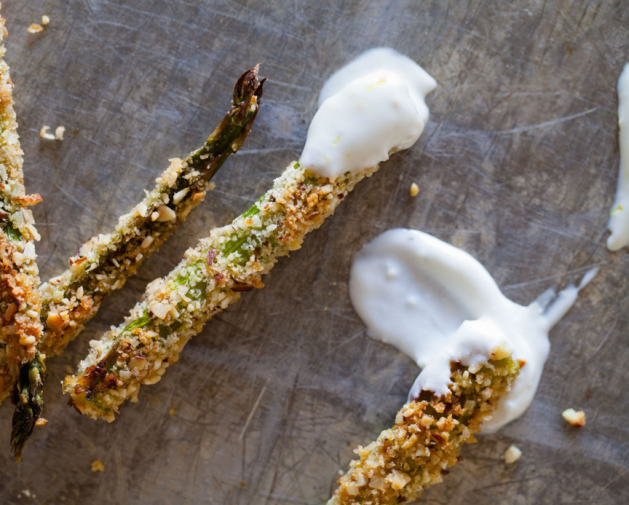
This one is another kind of a cheat, since traditional fries are made of potatoes and potatoes are, obviously, a vegetable. However, they also have a very high carb content, most of which is starch, and are high on the glycemic index. There’s a good reason the United Kingdom doesn’t count potatoes as vegetables for the recommended daily consumption of fruits and vegetables. With all that in mind, zucchini, carrots, eggplant, and asparagus are all low-carb, low-glycemic alternatives that can be substituted for potatoes and baked, instead of fried, to make healthier French fries, serving the same purpose well while imparting their own unique flavor and texture.

